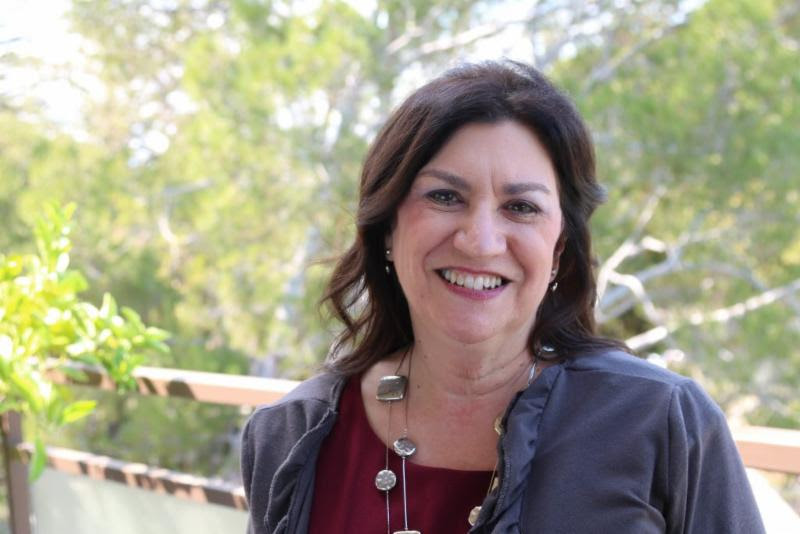In a few days, we will gather with family and friends to celebrate Passover and share the story of redemption. We will read from the Haggadah bringing the text to life through the Seder. One of the most interesting portions that we read is the story of the four sons – wise, wicked, simple, and the one who does not know how to ask a question. Who are these children and how should we respond to them? As Jewish professionals in the disability field, how do we extend this allegory as it pertains to inclusion? This Pesach let’s look at these “sons” through the lens of how we approach inclusion in a deep, authentic, and person-centered way.
The Wise Son
The wise son asks all the right questions and includes himself in the Pesach story and the Seder. As such, our response to this child is detailed and comprehensive. It is presented with a presumption of the child’s ability to understand and appreciate the laws and traditions of Pesach. Undoubtedly, this is a son who makes his parents proud. We want to spend the most time with this child, retelling the Passover story and reviewing the laws.
We look at this “son” through a strengths-based perspective. It is easy for us to see where he excels and just as easy to disregard his faults. We appreciate what this child can do rather than focus on what he can’t. It is wonderful to have a child like the Wise Son and it is effortless to include him. Our attention to this child should set the standard for how we deal with all children, regardless of their needs or abilities. Unfortunately, that is not always the case.
The Wicked Son
The wicked son is challenging and contrary. He deliberately excludes himself from the conversation. The Haggadah’s response to this son is blunt and harsh, suggesting that had he been in Egypt, he would not have been redeemed. He is the son who is the most frustrating and the one who is often punished through exclusion. His negative behaviors affect our ability to see his strengths and potential. Reports from school often sound like evidence for the prosecution. He is the child we give up on most frequently.
What is curiously absent in this section are the possible reasons for his challenging behavior and his estrangement from Jewish tradition. Should we believe that this child, or any child, is inherently wicked or should we look for the root causes of his disenfranchisement. Are we working to engage this son in a way that is meaningful for him? Are there disabilities or mental health issues that underlie his negativity? Has this son experienced a trauma that impacts his desire to connect? If so, we should be addressing these needs therapeutically rather than shutting down communication. If we believe in the concept of the “Pintele Yid” – that every Jew has a spark within them that can burn brightly with Torah –we should never give up on this, or any, child.
The Simple Son
As would be expected, the simple son asks a basic question, “What is this all about?” As such, we give this son an uncomplicated response, “With a strong hand G-d brought us out of Egypt and slavery.” Although this straightforward response is inclusive – G-d brought “us” out of Egypt rather than “me”, it is not an answer that attempts to educate and raise the level of thinking and problem solving for the simple son. We spoon-feed a response to this son because we presume a lack of ability and competence. In doing so, we diminish him.
Instead of making assumptions about what this child cannot do, we should focus on what he can accomplish. Can he participate in the Seder through art or song? Is he able to act out the Passover story? The only limits to his inclusion are the limits of our creativity.
The Son Who Does Not Know How to Ask
It is the son who does not know how to ask a question that is the most concerning. Who is this son? Is he an infant who has not developed the language skills to formulate a question or is this the child with an intellectual or developmental disability who lacks communication skills? For this child, the Haggadah instructs us to open the discussion by telling him that “This is what G-d did for me when I came out of Egypt.” By using the words “me” and “I” instead of “us” and “we” though, this child is effectively excluded. This son is the most vulnerable child – voiceless and powerless – and the child who needs our advocacy and support the most. We must find a way to engage him at his level and include him, rather than assume that he is not capable of participation.
So, Ma Nishtana?
In the spirit of Pesach, Libenu encourages us to ask these four questions about our work as Jewish professionals in the disability field:
- What preconceived ideas and fears do I have about people with disabilities that might impede my ability to engage and interact with them?
- What do I need to learn about disabilities that will increase my understanding and comfort level?
- How can I create a welcoming environment that recognizes and appreciates different abilities?
- What can I do to ensure that everyone is included in a meaningful and appropriate way?
Inclusion is redemptive – and after all, isn’t that what Pesach is all about?
Chag Kasher V’Sameach,


Recent Posts



